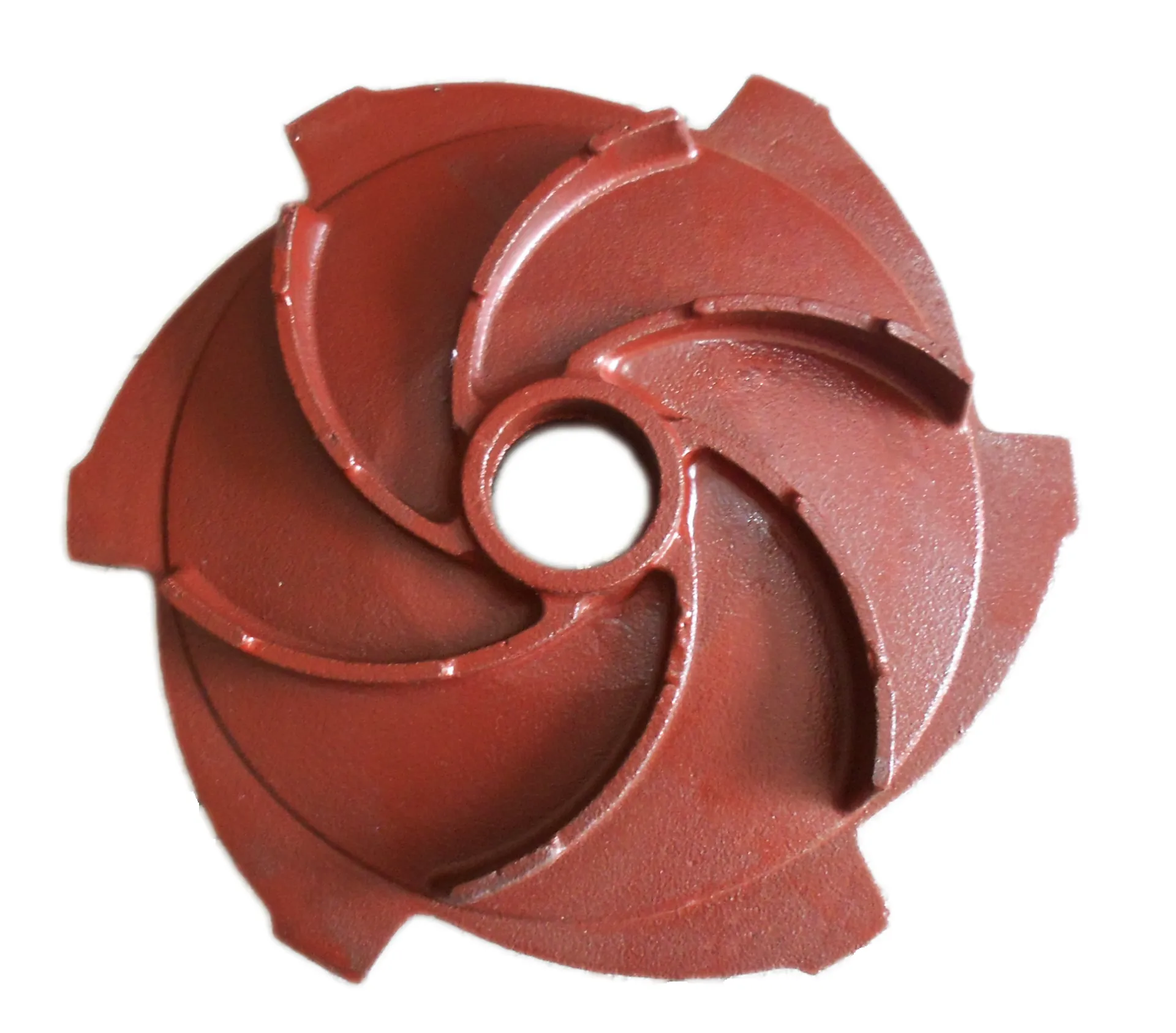Mobile:+86-311-808-126-83
Email:info@ydcastings.com
Design and Functionality of Turbocharger Bearing Housing in High-Performance Engines
Understanding Turbocharger Bearing Housing Key Component of Turbocharged Engines
Turbocharging has become an integral part of modern automotive engineering. As manufacturers strive to enhance engine performance and fuel efficiency, turbochargers have emerged as a potent solution. At the heart of this technology lies the turbocharger bearing housing, a critical component that ensures the smooth operation of the turbo system. This article delves into the functions, design, and significance of the turbocharger bearing housing, elucidating its role in the overall performance of turbocharged engines.
What is a Turbocharger Bearing Housing?
The turbocharger bearing housing is the structural component of the turbocharger that houses the bearings which support the turbocharger’s shaft. This housing plays a pivotal role in facilitating the rotation of the turbine and compressor wheels at high speeds, sometimes exceeding 150,000 RPM. The design and material selection of the bearing housing are crucial in managing the thermal and mechanical stresses experienced during operation.
Functions of Turbocharger Bearing Housing
1. Support and Stability The primary function of the bearing housing is to provide necessary support to the turbocharger shaft. It ensures that the shaft remains aligned during operation, facilitating smooth rotation. Any misalignment can lead to increased wear and potential failure of the turbocharger.
2. Lubrication System Management The bearing housing helps channel oil from the engine to lubricate the bearings. Proper lubrication is critical for reducing friction and heat generation within the turbocharger. Maintaining an optimal oil supply is essential for the longevity and reliability of the turbocharger.
3. Heat Dissipation Turbochargers operate at extreme temperatures, especially under high load conditions. The bearing housing assists in heat dissipation, helping to maintain the operational efficiency of the turbocharger. Effective heat management is vital to prevent component failure due to overheating, which can compromise performance and safety.
4. Sealing The bearing housing is designed to create a seal that prevents contaminants from entering the bearings. This is crucial for ensuring that the lubricating oil remains clean and effective over time, thereby enhancing the overall durability of the turbocharger.
turbocharger bearing housing

Design Considerations
The design of the turbocharger bearing housing involves several key considerations, including material selection, geometry, and weight.
1. Materials Common materials used for fabricating the bearing housing include aluminum and various alloys. These materials are favored for their strength-to-weight ratio, ability to withstand high temperatures, and resistance to corrosion. The choice of material also affects heat conduction properties, which are fundamental for effective thermal management.
2. Geometry and Size The housing must be engineered to accommodate the turbocharger’s dimensions and facilitate optimal airflow. Its design must balance strength and weight, ensuring that it can withstand the stresses of operation without adding unnecessary weight to the engine.
3. Manufacturing Techniques Advances in manufacturing techniques, such as precision machining and casting technologies, play a significant role in the quality of the bearing housing. High-quality manufacturing processes ensure that tolerances are maintained, thereby minimizing wear and promoting a longer service life.
Importance in Engine Performance
The importance of the turbocharger bearing housing cannot be overstated when considering engine performance. By ensuring smooth operation, effective lubrication, and efficient heat dissipation, the bearing housing contributes directly to the turbocharger's efficiency and reliability. A well-designed bearing housing enhances the ability of the engine to respond to acceleration demands, improves fuel economy, and reduces emissions, thus fulfilling modern automotive performance and environmental standards.
Conclusion
In summary, the turbocharger bearing housing is a critical element in the turbocharging system of modern engines. Its design and functionality directly influence the operational reliability and efficiency of the turbocharger, which in turn impacts overall engine performance. As the automotive industry progresses towards more efficient and powerful vehicles, the importance of understanding and optimizing components such as the turbocharger bearing housing will continue to rise. For engineers and manufacturers, continuous advancements in material science and engineering design will be essential in refining this pivotal component, ensuring that the future of turbocharged engines remains both exciting and sustainable.
-
Why Should You Invest in Superior Pump Castings for Your Equipment?NewsJun.09,2025
-
Unlock Performance Potential with Stainless Impellers and Aluminum End CapsNewsJun.09,2025
-
Revolutionize Your Machinery with Superior Cast Iron and Aluminum ComponentsNewsJun.09,2025
-
Revolutionize Fluid Dynamics with Premium Pump ComponentsNewsJun.09,2025
-
Optimizing Industrial Systems with Essential Valve ComponentsNewsJun.09,2025
-
Elevate Grid Efficiency with High-Precision Power CastingsNewsJun.09,2025











